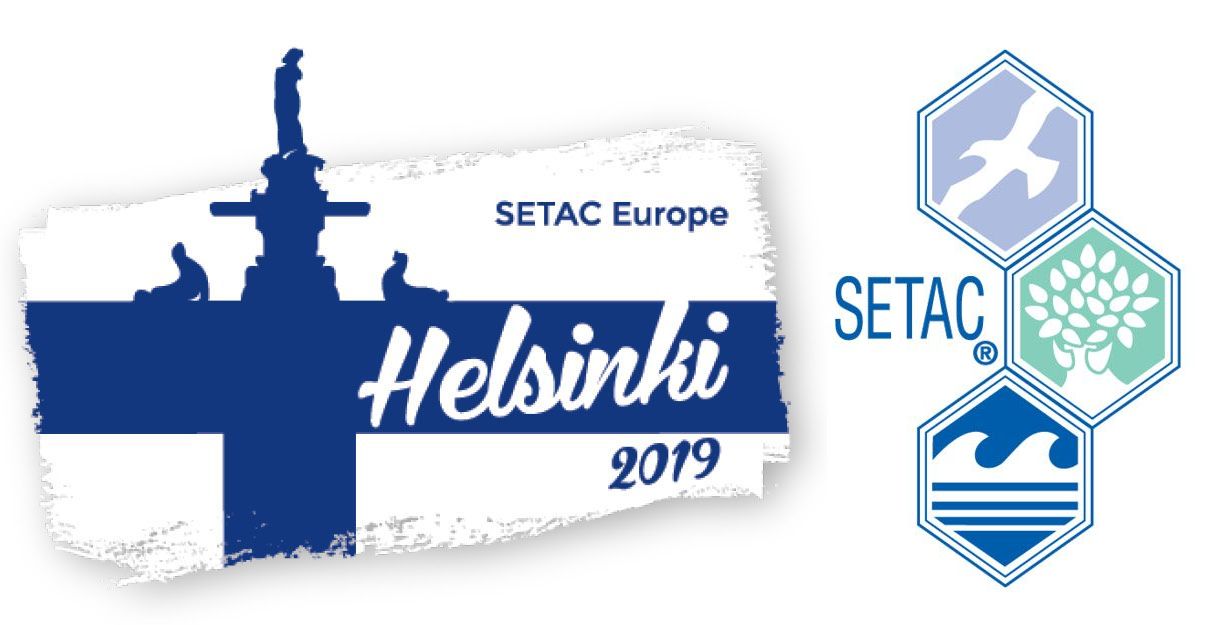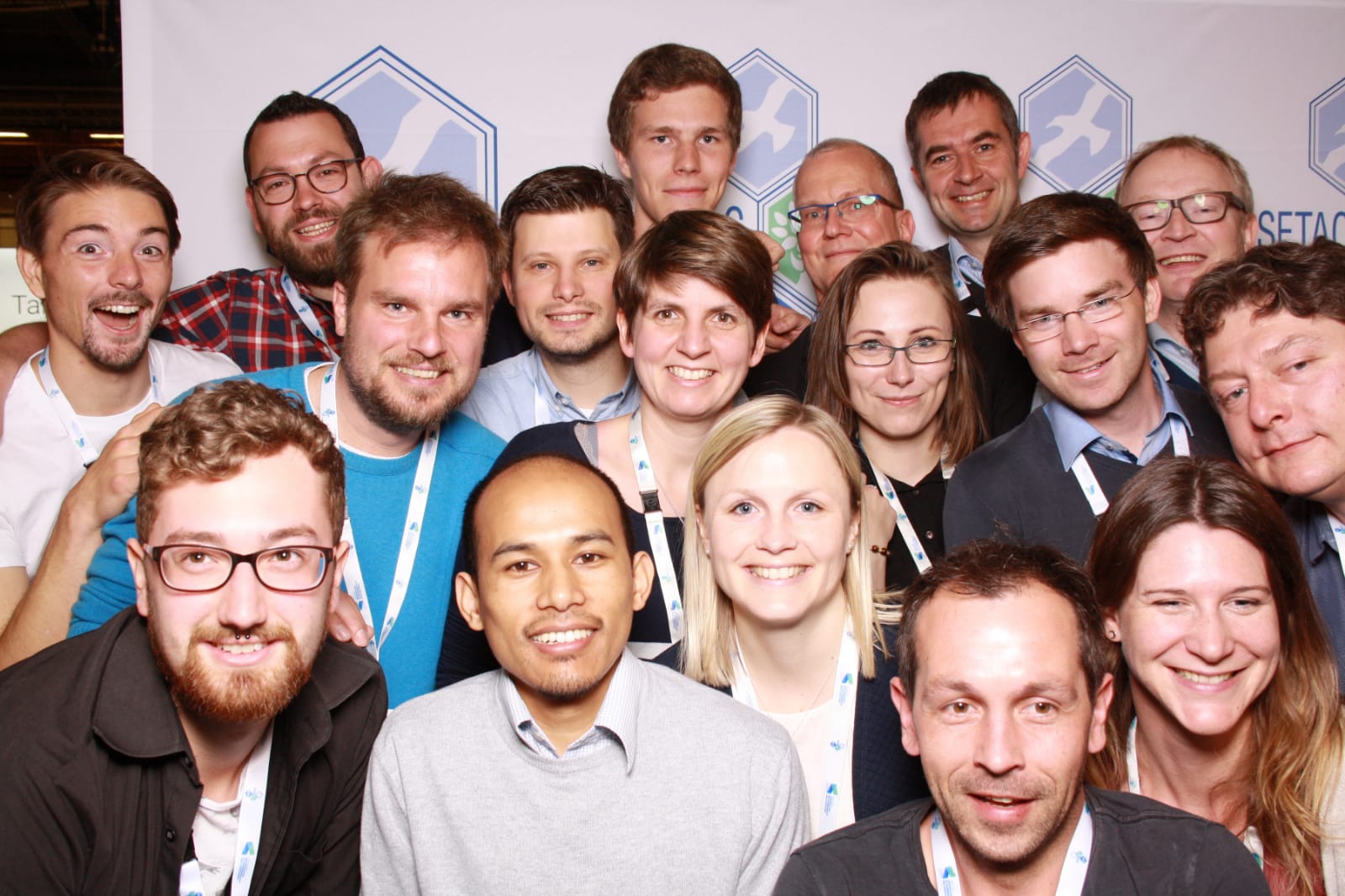SETAC Europe 29th Annual Meeting “One Environment. One Health. Sustainable Societies”
26 - 30 May 2019, Helsinki, Finland
This page is still under progress and presentations are completed day by day. So if an abstract, poster or platform presentation is not available today, please feel free to look again tomorrow or contact us ...
Link to SETAC Europe homepage.
Research from Fraunhofer IME contributing to the meeting
Fraunhofer IME Interest/Advisery Group Memberships:
Christian Schlechtriem: Co-Chair Bioaccumulation Science IG
Udo Hommen: Mechanistic Effect Modelling IG
Udo Hommen: Plants AG
Fraunhofer IME Session Chairs:
Udo Hommen: Aquatic and terrestrial plant ecology: ecotoxicology, risk assessment and modelling (Session Room 206, Tuesday, May 28 2019, 8:35 - 12:30)
Fraunhofer IME Platform presentations / Poster:
Brock et al 2019: Application of TKTD models in aquatic ERA for pesticides.
Gimeno et al 2019: Soil risk assessment of the fragrance ingredient, Helvetolide®.
Hoppe et al 2019: Long term approaches to determine the fate of ceriumdioxid nanomaterial in soil.
Hund-Rinke et al 2019: Do nano-biomaterials designed for drug delivery affects soil microflora?
Ippolito et al 2019: A roadmap for the use of TKTD models in ERA pesticides.
Mingo et al 2019: Plant protection products, endocrine disruptors and amphibians - where to start?
Raths et al 2019: Bioconcentration of laurate in the freshwater amphipod Hyalella azteca.
Reed et al 2019: Beyond GUTS: DEBtox and primary producer TKTD models in ERA of pesticides.
 Fraunhofer-Institut für Molekularbiologie und Angewandte Oekologie IME
Fraunhofer-Institut für Molekularbiologie und Angewandte Oekologie IME
